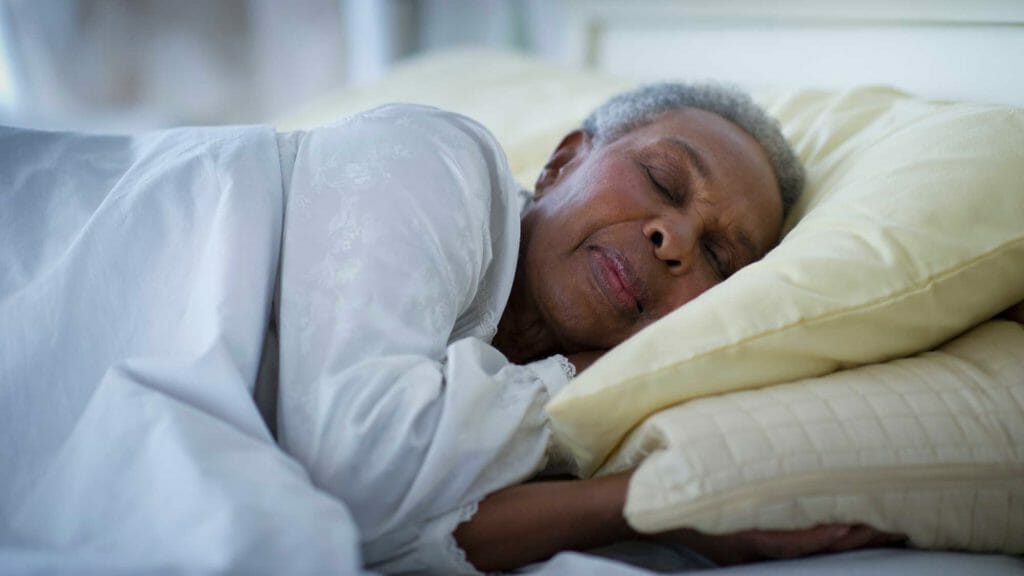
Wearable technologies, such as smart watches and headbands, have engendered a new wave of studies on neurological disorders such as Parkinson’s and Alzheimer’s, and experts are excited about the results and possibilities.
In the past, the ability to build a large data set from these individuals has been limited due to the available technology, said Jake Donoghue, MD, PhD, and CEO of startup Beacon Biosignals, during a panel discussion this week.
“It’s quite burdensome to have to go into a lab [for clinical studies],” Donoghue said. “Is the data collected representative for patients? Most people don’t sleep in lab settings hooked up with wires in daily life.”
Beacon has developed a headband, Dreem, that the company says can be used in sleep monitoring studies. The headband recently received Food and Drug Administration clearance, and Donoghue expressed optimism that it might help spur novel findings on neuro disorders, as quality of sleep often is a symptom or precursor to onset of conditions such as Alzheimer’s.
Another recent study using different headband tech has also indicated the promise of capturing early signs of Alzheimer’s.
Overall, wearable tech may be able to pick up nuances and secondary symptoms, from gait speed to typing, that can capture new information on rates of decline and population variability, data scientist Nikki Marinsek said.
“Our brain can compensate for a lot, and that makes it difficult to look at data,” Marinsek said. “Wearables invite the idea of dual task experiments. It [dual tasking] makes it harder to compensate. You can contextualize that data to understand how people are compensating when things get hard.”
Marinsek cited the examples of someone who is talking on the phone while walking, or comparing mood shifts with sleep quality, as examples of those kinds of dual-tasking scenarios.
Although the panel overall was enthusiastic about using wearables in a variety of settings, the experts echoed common concerns about privacy and personal security issues. But “consent [from a user] is one of those first-principle pillars” regarding what data is collected from wearables, and who will use it, Marinsek said, adding that future capabilities could allow users to directly control what is, and isn’t, shared by their devices.


